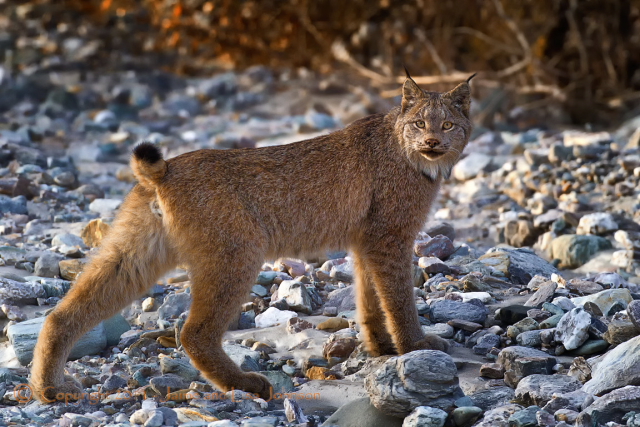
A stunning lynx that Jaime and Lisa encountered on foot in Denali. Image Copyright Jaime and Lisa Johnson.
The above image illustrates why both Denali National Park and Jaime and Lisa Johnson are amazing. One has wildlife viewing and photography opportunities like nowhere else, and the other guys always get incredible images when they are out. I thought I would showcase both in this post. Jaime and Lisa are close friends of mine from Lincoln, Montana, who have mentored my photography skills for years. The following are a few more images from their trip to Denali this past summer. To see their full collections, CLICK HERE. Be warned, you might get drawn in there for a while!
Visitors to Denali are also likely to see grizzly and black bears, caribou, moose, wolves, and red foxes. I have always done exceptionally well with wildlife sightings in the park. One one trip I saw 16 grizzlies in one day, and on another I watched a grizzly chase a wolf off of a caribou carcass. Watching herds of caribou and shaggy blond grizzlies traverse the vast treeless tundra, with the Alaska Range soaring overhead, is like traveling back in time to the Pleistocene.
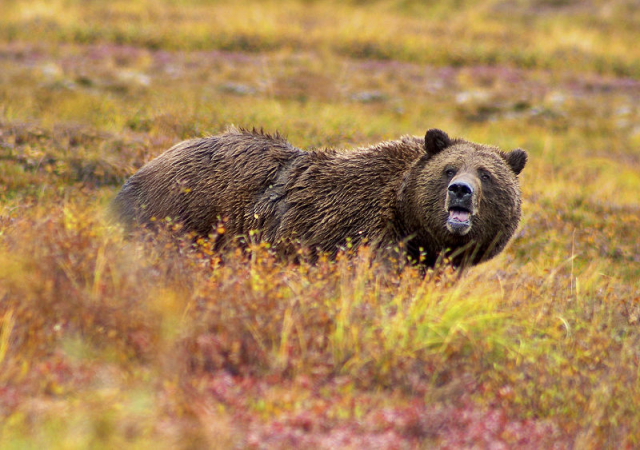
The king of the tundra. Picture taken by (c) Jean-Pierre Lavoie, permission through Wikipedia commons.
Equaling the quality of wildlife, is the stunning scenery of Denali, crowned by North America’s tallest peak, Mt. McKinley (though all Alaskans call it Denali because President McKinley had nothing to do with the Mountain). Denali means “the high one” in indigenous Athabaskan language, for good reason, as it stands at 20, 320 feet! The most incredible aspect of Denali is the fact that it rises 18,000 feet above the surrounding landscape, which makes it the tallest mountain in the world in terms of local relief!

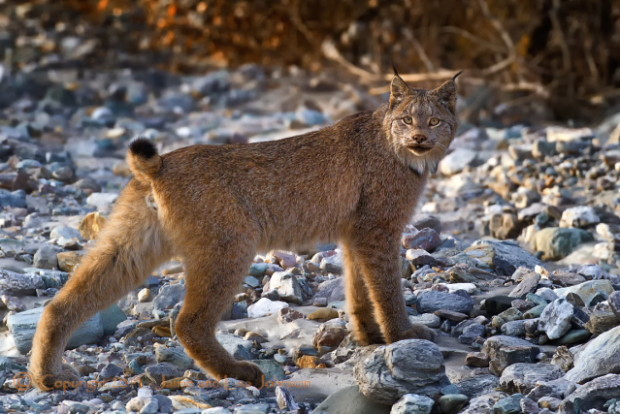
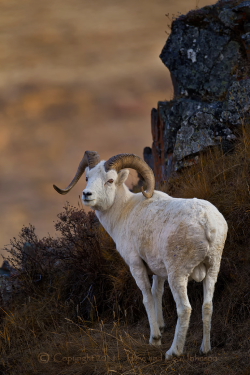
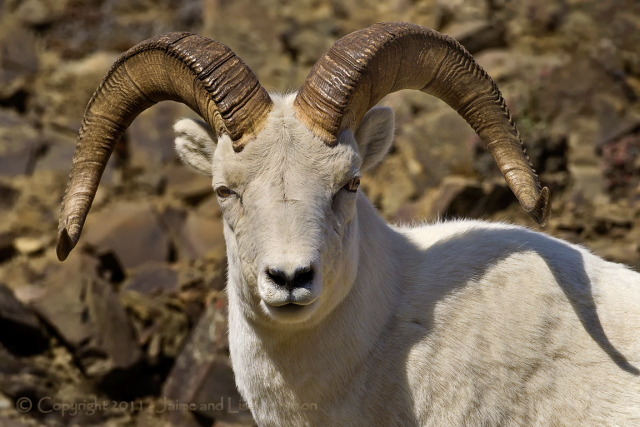
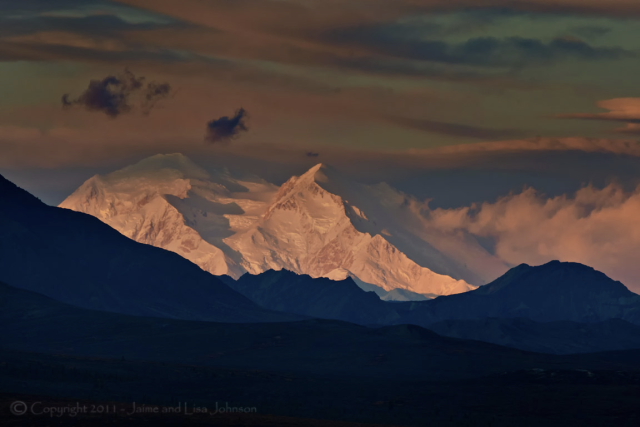
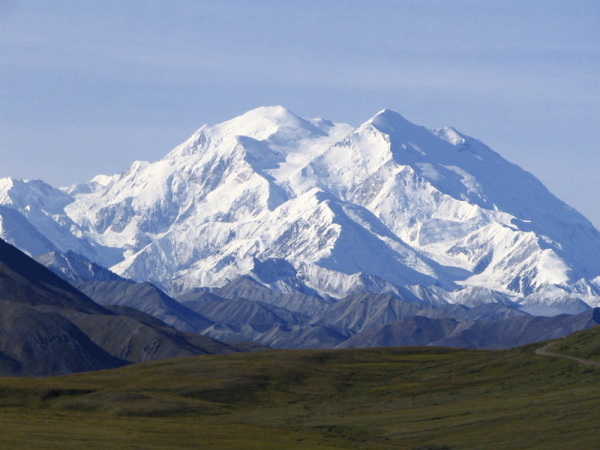
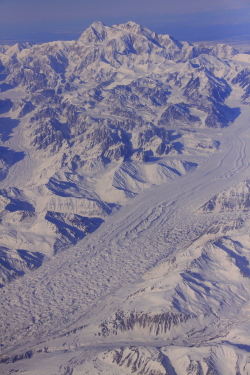

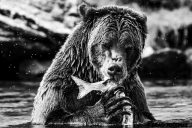
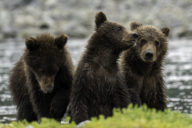
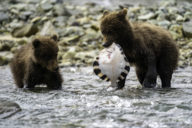
6 Comments
Your blog continues to be an inspiration – keep it coming!
What incredibly beautiful images of creatures in their natural environments!
Nice work, Brad; congratulations.
Absolutely stunning photos Brad.
Thanks for the VIEW love it. Barbara
Kristijoy – Yes, but humans weren’t oraund in the Jurassic and the continents were placed quite differently on the planet both in early and late Jurassic. Small mammals and pre-mammals adapted easier to higher temperatures than the larger critters which explains their later population explosions.And, as for moving human populations oraund – doing so with a few hundred thousand or millions of individuals is one thing. Arranging 9 billion people on a shrinking habitable planet will be a whole different beast.